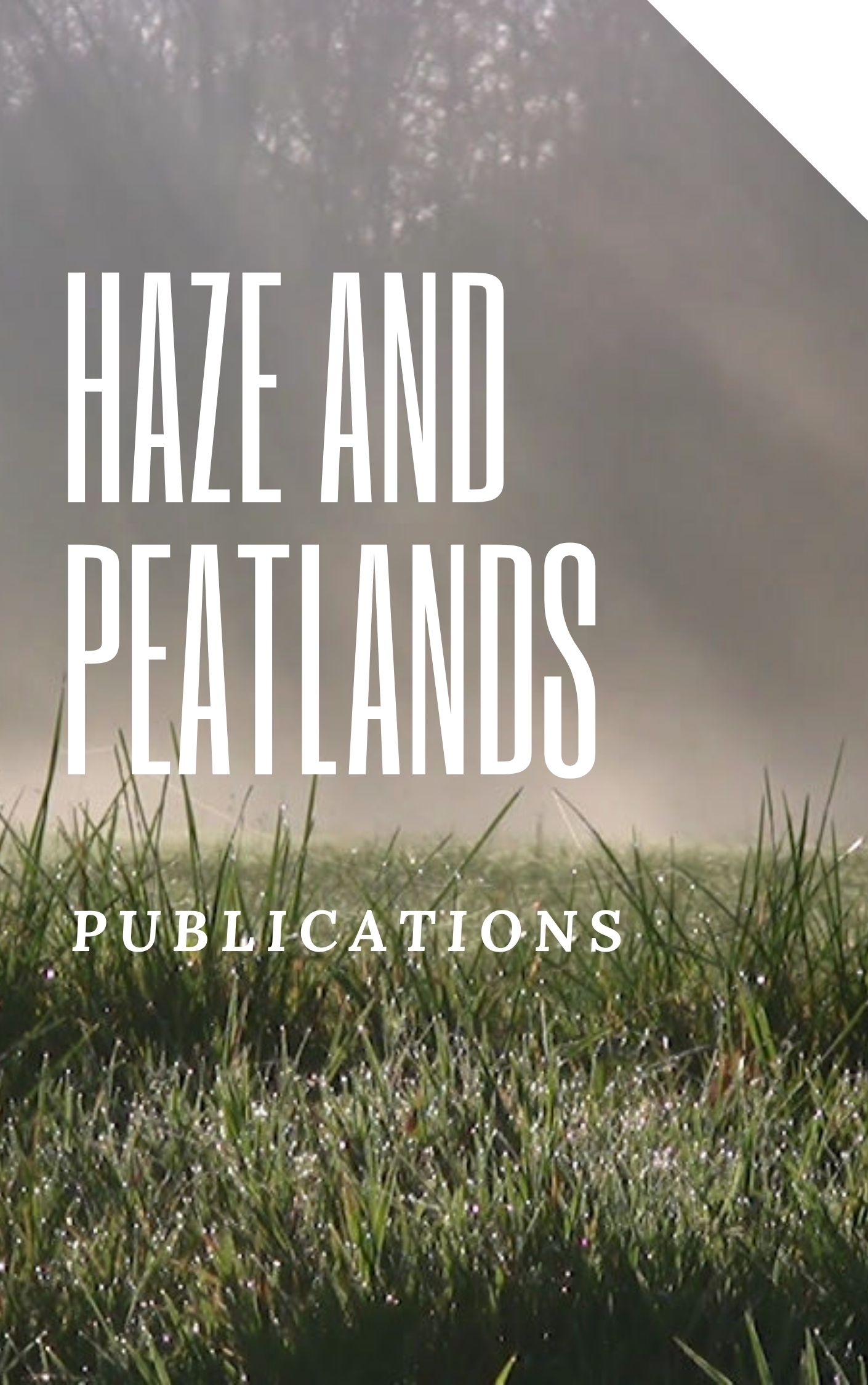Degraded tropical peatlands lack tree cover and are often subject to seasonal flooding and repeated burning. These harsh environments for tree seedlings to survive and grow are therefore challenging to revegetate. Knowledge on species performance from previous plantings represents an important evidence base to help guide future tropical peat swamp forest (TPSF) restoration efforts. We conducted a systematic review of the survival and growth of tree species planted in degraded peatlands across Southeast Asia to examine (1) species differences, (2) the impact of seedling and site treatments on survival and growth and (3) the potential use of plant functional traits to predict seedling survival and growth rates. Planted seedling monitoring data were compiled through a systematic review of journal articles, conference proceedings, reports, theses and unpublished datasets. In total, 94 study-sites were included, spanning three decades from 1988 to 2019, and including 141 indigenous peatland tree and palm species. Accounting for variable planting numbers and monitoring durations, we analysed three measures of survival and growth: (1) final survival weighted by the number of seedlings planted, (2) half-life, that is, duration until 50% mortality and (3) relative growth rates (RGR) corrected for initial planting height of seedlings. Average final survival was 62% and half-life was 33 months across all species, sites and treatments. Species differed significantly in survival and half-life. Seedling and site treatments had small effects with the strongest being higher survival of mycorrhizal fungi inoculated seedlings; lower survival, half-life and RGR when shading seedlings; and lower RGR and higher survival when fertilising seedlings. Leaf nutrient and wood density traits predicted TPSF species survival, but not half-life and RGR. RGR and half-life were negatively correlated, meaning that slower growing species survived for longer. Synthesis and applications. To advance tropical peat swamp reforestation requires expanding the number and replication of species planted and testing treatments by adopting control vs. treatment experimental designs. Species selection should involve slower growing species (e.g. Lophopetalum rigidum, Alstonia spatulata, Madhuca motleyana) that survive for longer and explore screening species based on functional traits associated with nutrient acquisition, flooding tolerance and recovery from fire.
View source

